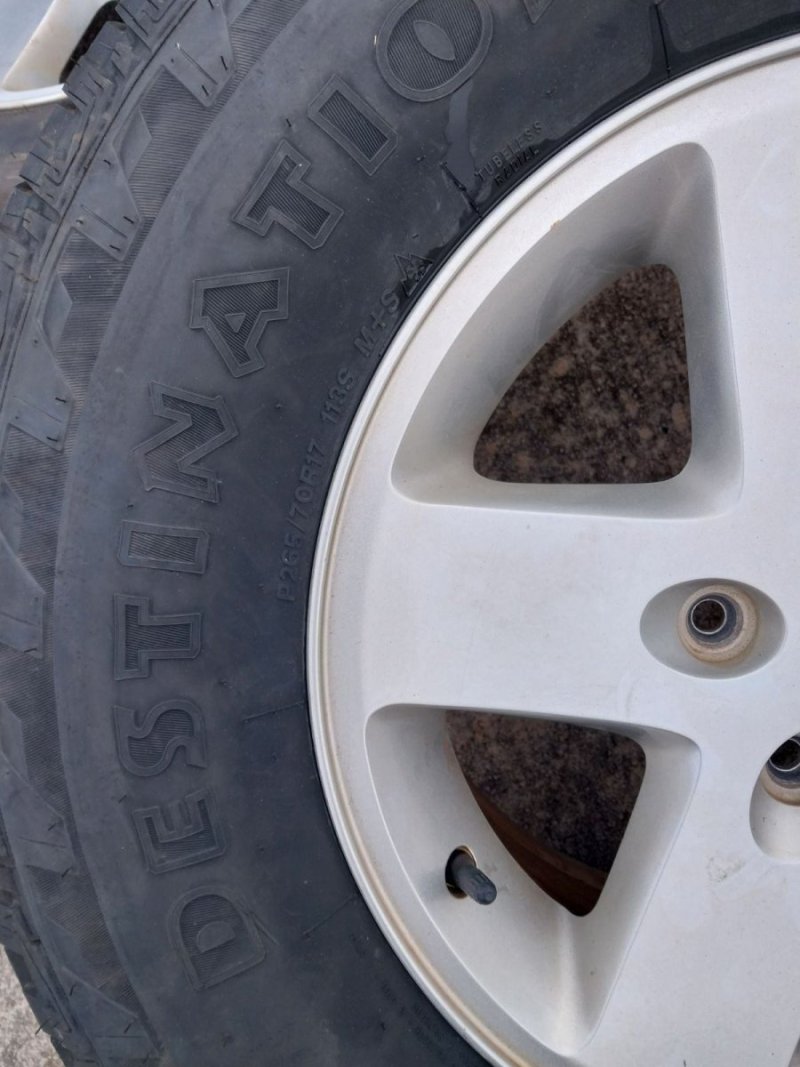Latest update:
Looks like no burnt valves. Removing the rockers and spinning the valves revealed them to be smooth as butter with no grittiness, so they don't seem to have any carbon buildup.
The valve springs look good.
Cylinder rings appear to be good as well after a wet compression test.
Put it back together and now my compression is back up to 60 from zero...
Any ideas?
Looks like no burnt valves. Removing the rockers and spinning the valves revealed them to be smooth as butter with no grittiness, so they don't seem to have any carbon buildup.
The valve springs look good.
Cylinder rings appear to be good as well after a wet compression test.
Put it back together and now my compression is back up to 60 from zero...
Any ideas?







 , would run but quite poorly.
, would run but quite poorly. 
